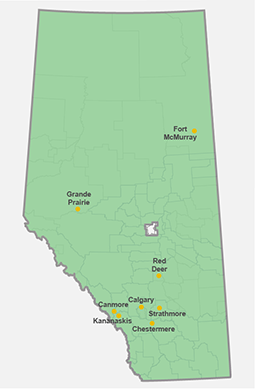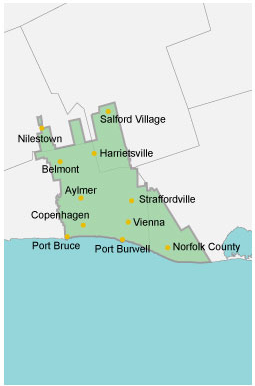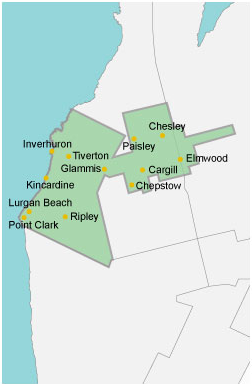EPCOR is committed to providing its customers with clean, reliable water, conducting more than 300,000 water quality tests every year. A critical step in delivering on this promise is continuously striving to increase our understanding of manmade Polyfluoroalkyl and Perfluoroalkyl substances (PFAS) and their potentially hazardous impacts on public health.
Understanding PFAS
PFAS – Per-and polyfluoroalkyl substances – are widely used, manufactured chemicals that break down very slowly over a long period of time. There are thousands of known PFAS chemicals found in everyday life including food-handling materials, non-stick cookware like TEFLON™, medical devices, personal care products, stain and water repellants like Scotchgard™ and GORE-TEX™ and even construction equipment and industrial applications, like firefighting foam.
According to the Environmental Protection Agency (EPA), PFAS can be found in the blood of people and animals all over the world and are present at low levels in a variety of food products and in the environment. They are also found in water, air, fish, and soil at locations across the nation and the globe.
Scientific studies have shown that exposure to some PFAS in the environment may be linked to harmful health effects in humans and animals. But, because there are thousands of PFAS chemicals found in many different consumer, commercial, and industrial products, it’s challenging to study and assess the potential human health and environmental risks.
As the Environmental Protection Agency (EPA), Centers for Disease Control and Prevention (CDC) and other federal regulators continue to research these chemicals and determine a national standard for the safe level of exposure to these chemicals, EPCOR continues its role in testing for PFAS and finding ways to mitigate PFAS levels when found in drinking water sources.
EPA Proposed Drinking Water Standards
While there is no current EPA requirement or regulatory standard for PFAS, on March 29, 2023, the EPA proposed drinking water standards for six PFAS contaminants:











